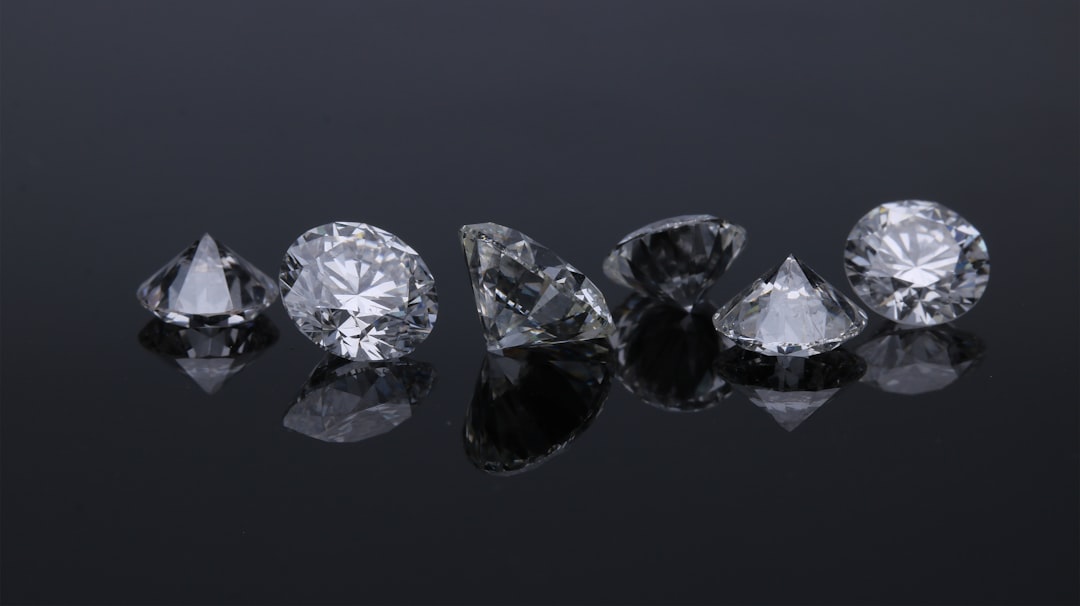What is it about?
Lakes generally are experiencing warming surface temperatures. Many lakes are also becoming darker as materials from the landscape enter these systems. This 'browning' of water has been shown by others to expand the amount of cool water. Potentially, this expanding cold water could help protect cold-loving fish species from warming. Such species, like brook trout, may have high economic and cultural importance to regions like New York's Adirondacks. However, browning may also reduce the amount of oxygen dissolved in the water at the bottom of lakes, which needs to be high to satisfy the needs of these cold-loving animals. In this paper we examine whether this browning will help protect cold-loving species from warming or instead further exacerbate the problem.
Featured Image

Photo by Gary Yost on Unsplash
Why is it important?
We find that in most cases, browning results in expansion of water having too little oxygen for cold-loving species, outpacing the expansion of the cool water that cold-loving species require. This means that continued browning will decrease habitable water in lakes for cold-loving animals like brook trout. Further, enough browning eventually squeezes out all habitable water entirely as water that is too warm at the surface intersects water with oxygen that is too low from below. Regions like New York's Adirondacks, where browning is pervasive, are likely to be particularly vulnerable to loss of cold-water species in the coming decades as both warming and browning continue. Our work does identify a small percentage of lakes that appear to be more resistant to these problems and can help managers pinpoint these lakes for extra protections. Our work also highlights an additional reason to work diligently to mitigate the causes of climate change.
Read the Original
This page is a summary of: Concurrent warming and browning eliminate cold-water fish habitat in many temperate lakes, Proceedings of the National Academy of Sciences, January 2024, Proceedings of the National Academy of Sciences,
DOI: 10.1073/pnas.2306906120.
You can read the full text:
Contributors
The following have contributed to this page










